Rebuilding memories
of flight and nostalgia
By Varvara Keidan Shavrova
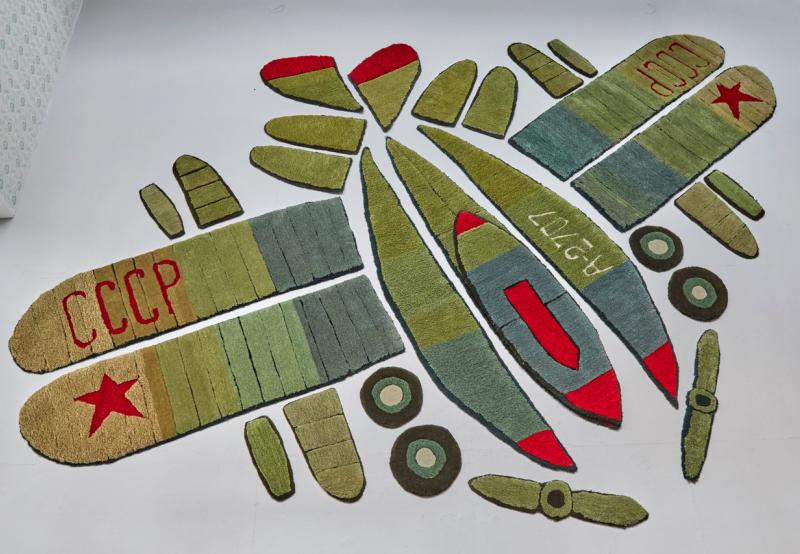
Modern nostalgia is a mourning for the impossibility of mythical return, for the loss of an enchanted world with clear borders and values; it could be a secular expression of a spiritual longing, a nostalgia for an absolute, a home that is both physical and spiritual, the Edenic unity of time and space before entry into history. -Svetlana Boym
Reflecting on the possibility of active engagement with the past of one’s family gave me an incentive to delve into my own family history and engage with stories from the archives not from the position of an observer, a documentalist or a researcher, but as an active participant, where through my practice I attempt to re-examine and re-evaluate the past through the process of art-making.
Svetlana Boym’s reflections on nostalgia as an active form of engagement with the present through the past made me think of the very nature of creative process that hinges on its contradictory quality of hovering between reality and fiction, history and the present. It is this quality that allows the creator to be completely immersed in the very process of that engagement, in a phenomenological sense akin to an archaeologist who, whilst excavating a megalithic site, becomes momentarily that very man, or woman, who built the monument – as indeed the only way into the world of the past is through the reality of the present.
It seems to me that through this process of engagement with the past I have attempted to save from oblivion all those characters from my family drama [...]
––Varvara Keidan Shavrova
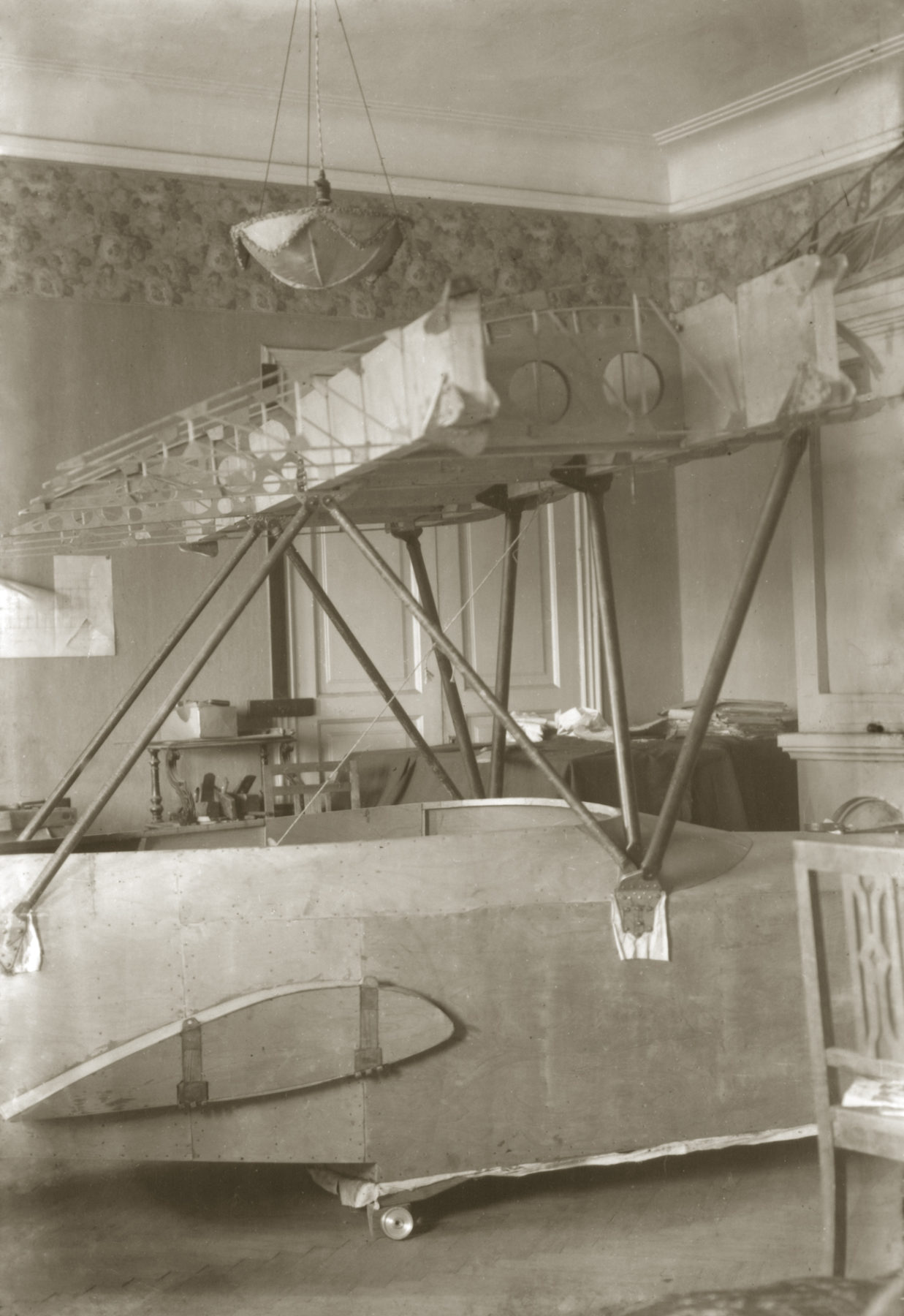
Top image: Varvara Keidan Shavrova, 'Inna's Dream', Hand tufted carpet objects, emulsion and acrylic paint, Courtesy of the artist
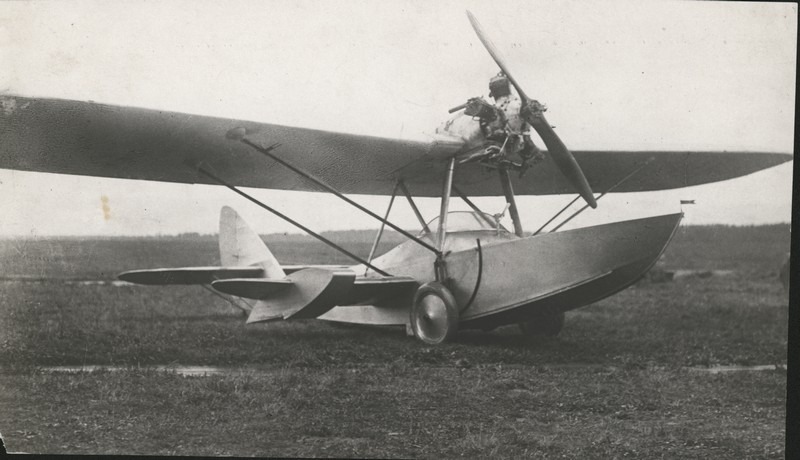
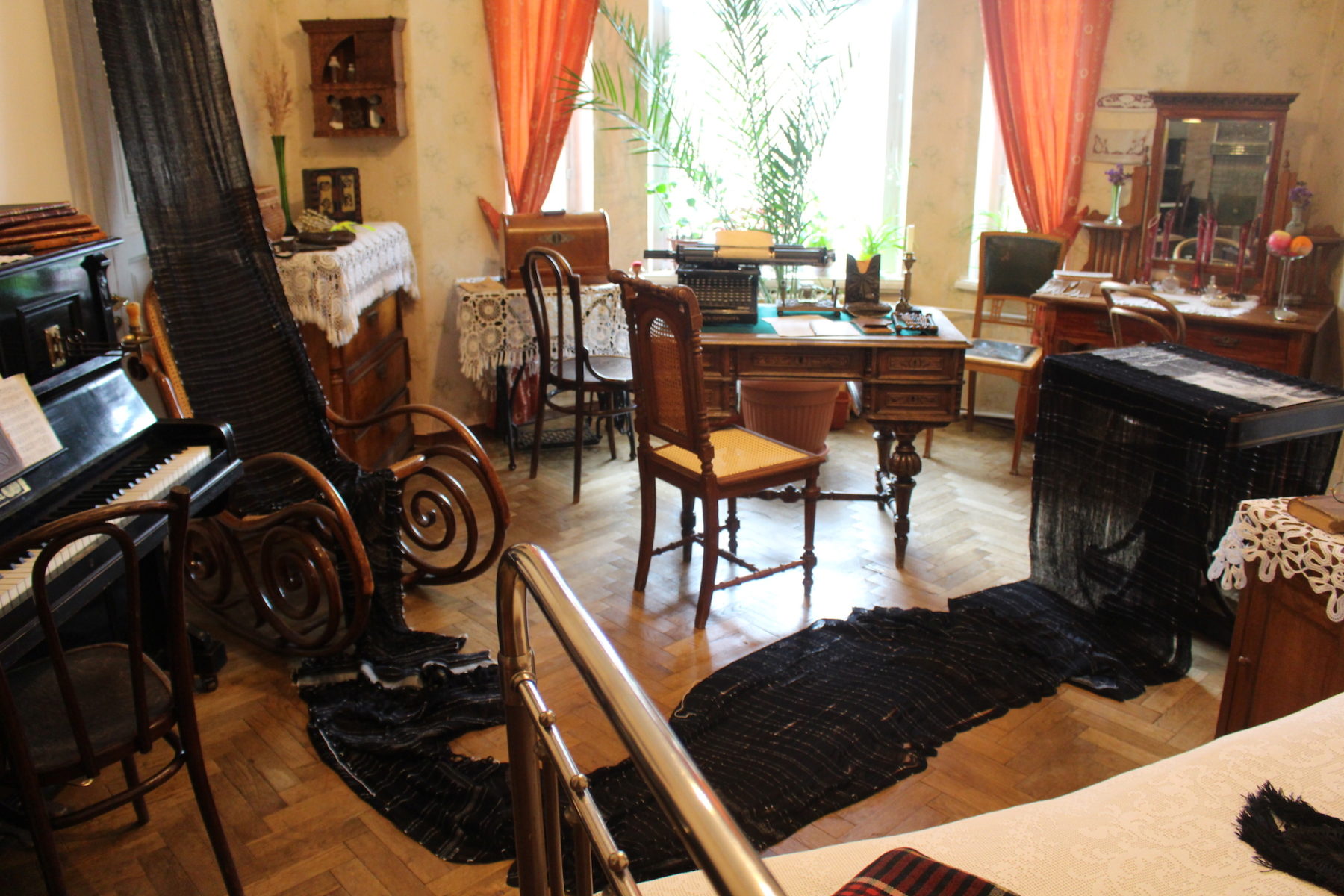
The continuous conversation with the past within my practice has emerged through a series or bodies of work that have, in turn, attempted to analyse, understand and decipher the heritage of my family and its history by bringing these stories back into life through the experience of art-making. It seems to me that through this process of engagement with the past I have attempted to save from oblivion all those characters from my family drama that would otherwise have been forgotten – drowned within the cataclysms of the traumatic and bloody history of Russia in the XXth Century: the Bolshevik Revolution, the Civil war, the First and the Second World Wars, the years of Stalin’s terror, followed by years of stagnation, collapse and dissipation during the Soviet era.
The processes akin to an archaeological discovery that involved unveiling, uncovering, digging and clearing of layers of family archives, photographic albums, letters and stories that were passed from grandmother to mother to daughter, seemed to be an appropriate approach to the process of art-making. This, in turn, almost organically and naturally, gravitated towards the mediums of textiles and fibre and thread-based materials, and where the vocabulary used to describe the creative process includes the terminology associated both with storytelling and sewing, knitting, weaving and tufting. For example, spinning the yarn, threading the narrative, and stitching the chapters of the story, emerged, and became especially prominent in the development of two recent bodies of work, ‘Mapping Fates’ (2016-2017) and ‘Inna’s Dream’ (2018-2019).
‘Mapping Fates’ focuses on the story of my great grandmother, Varvara Tamamsheva (nee Chrdleli), a member of Georgian nobility who married an Armenian businessman and travelled to Paris and Venice for her honeymoon in 1910.
Using the only surviving archival source that documents this journey, two post-cards that were sent by Varvara from Italy to Georgia and addressed to her brother Dimitrii, I attempted to imagine and reflect on her feelings and emotions as a young Georgian newlywed traveling for the first time outside of her home in the Russian Empire, being exposed to the magnificent historic past of Italy and France, and also being plunged into the midst of the charmed life of continental Europe of the early 1900s.
Half way through the project development, I was approached by a curator from Berlin who asked me if I would be interested in bringing ‘Mapping Fates’ to a contemporary arts festival in St. Petersburg called ‘Facts and Fictions’. The Festival exhibitions created unusual and often unsettling juxtapositions between current artists and their works, and traditional museums in the Petrogradskaya part of the city of St. Petersburg.
I was invited to engage with the apartment museum of Vladimir Lenin. To present a project about my family, whose lives were devastated by the Revolution of 1918, seemed like a vast challenge but also an exciting and unusual opportunity.
Presenting a series of jacquard woven pieces that were installed directly into Lenin’s apartment interiors, mingling with personal furnishings, clothes and even the bathroom of the leader of the Bolshevik Revolution felt like a major opportunity for descent. The installations were accompanied by sound and video works, featuring a poem written by Irish poet Vincent Woods especially for the project. Describing the trials and tribulations of Varvara and her family, and translated into Russian, the words of the poem symbolised the turbulent times in 1917-1918 Russia, when Lenin’s family also resided in the apartment.
Whilst installing this work, I often felt like someone working under cover, trying to deliver an important task whist avoiding being caught.
In the end, the installation was a great success, as it posed many questions that were familiar to museum visitors today, namely the importance of knowing where one comes from, and how so-called Big History inevitably shapes our lives for generations.
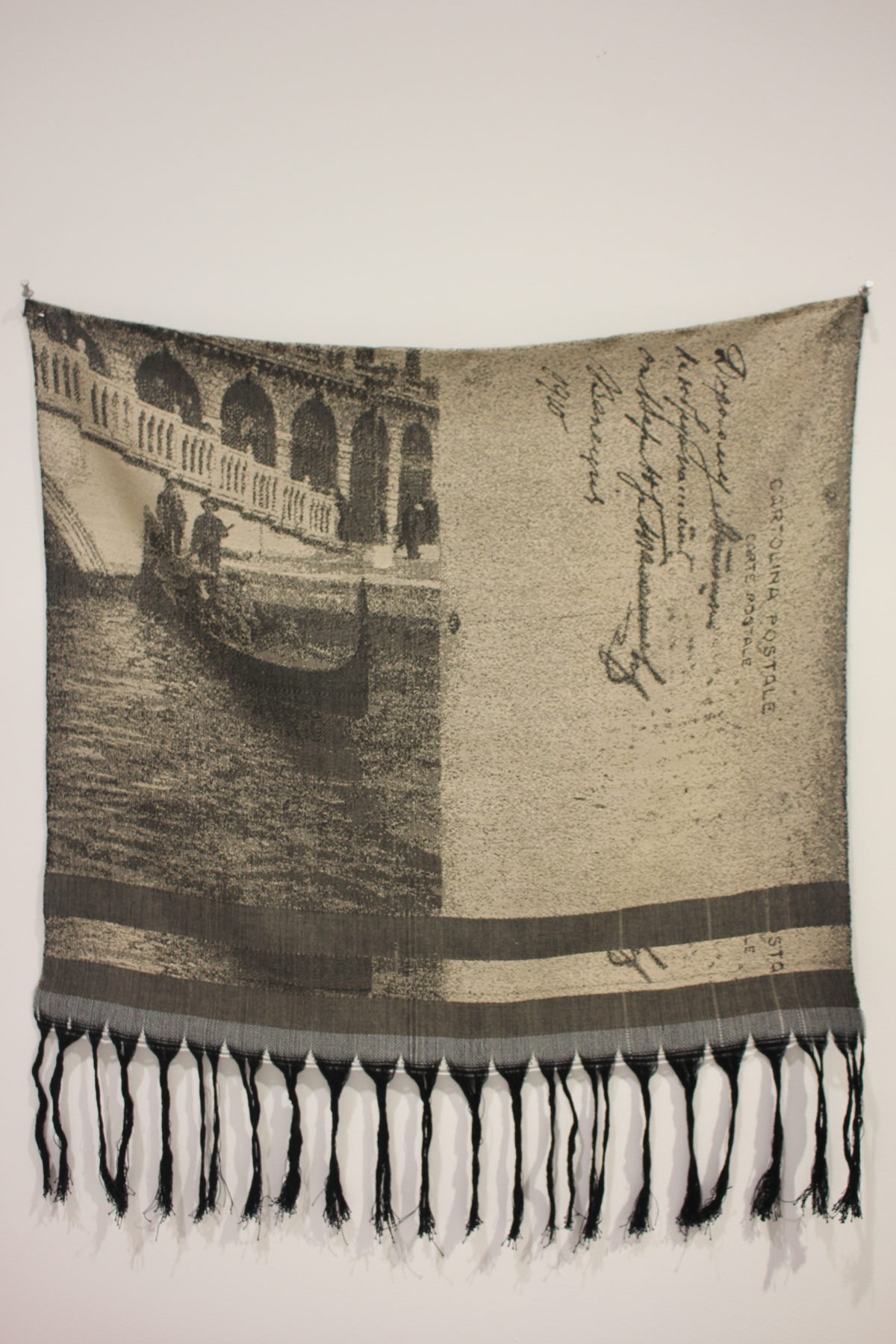
The second project that follows this quest to transform nostalgia into something tangibly curative and constructive, is entitled ‘Inna’s Dream’. It consists of a spatial installation made of textiles and tufted objects that comprise a scaled-down model of the first Soviet amphibious aeroplane SH-2, which was designed and built by my great uncle Vadim Shavrov in his apartment in St. Petersburg in the 1930s.
In this project, I continued to develop the themes of family histories, personal archives, and juxtapositions of facts and fiction within one’s own family history. I worked with the original drawings of the amphibious aeroplane, and scaling them down to half of the original size, I created a kind of a ‘flying carpet’, a soft model version of the aeroplane that was laid out on the floor, either inviting the viewer to imagine how it could be assembled, or indeed to interpret it as a sight of a crash.
Questioning the symbols of military might, masculine authority and the purpose of invention in a broader sense, ‘Inna’s Dream’ also delved into the realm of reflective nostalgia, by referring to the story of the amphibious plane that I heard many times from my mother and my grandmother. They, themselves, had witnessed the birth of the plane inside an ordinary communal apartment and its transformation from a fanciful idea into a functioning military flying machine.
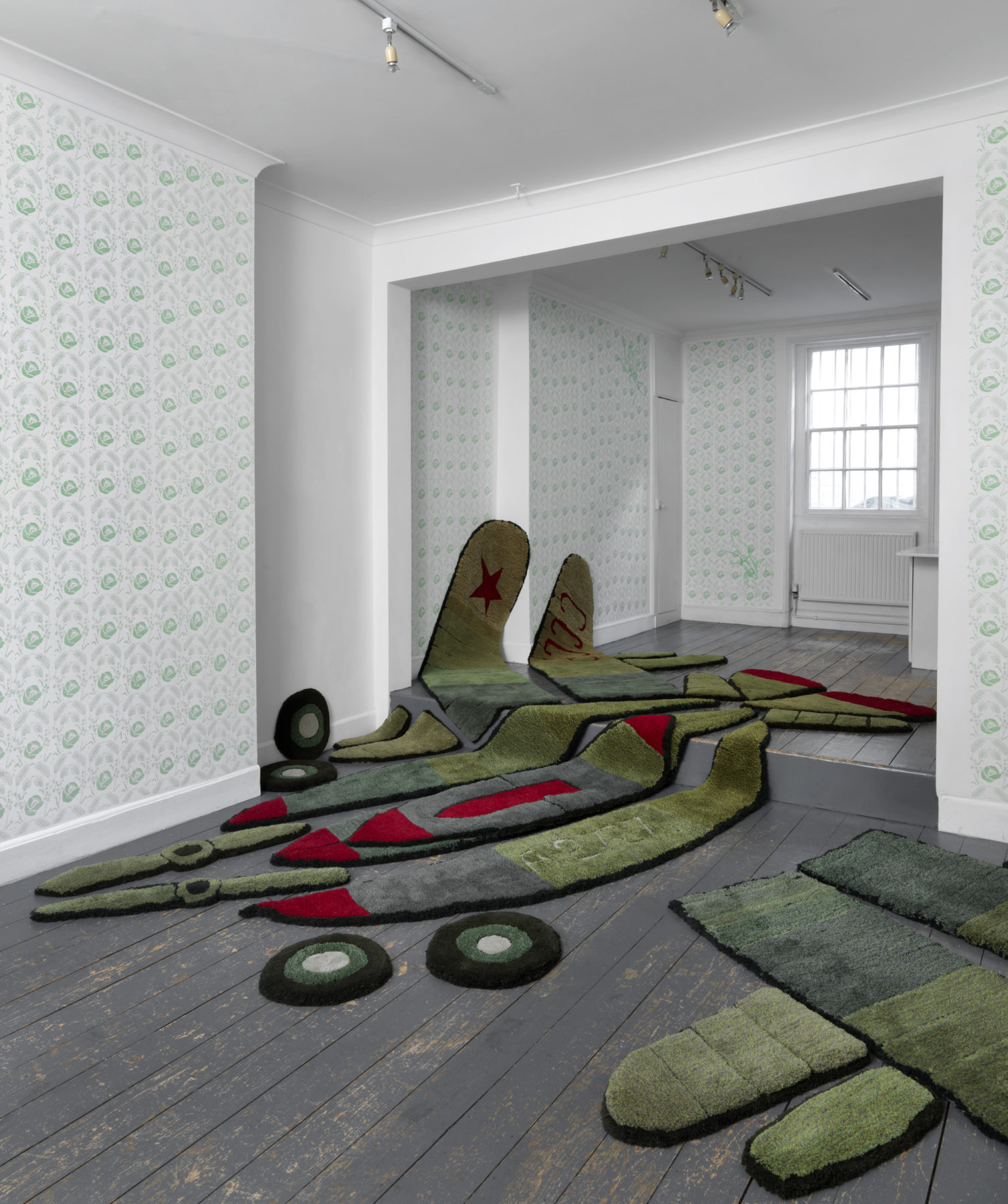
As these two projects demonstrate, my art-making process is characterised by an engagement with my family’s history, whereby I am an active participant in the continuous re-examination and re-evaluation of the past. My work is infused with a reflective nostalgia that allows an acceptance of my own past and the past of previous generations of my family. By actively engaging with my family’s past through the making and re-making of various objects, I find a connection that is both rewarding and emotionally challenging.
Varvara Keidan Shavrova is a PhD Researcher by Practice, School of Arts & Humanities, Royal College of Art, London. She was the curator of ‘The Sea is the Limit (Doha Edition)’ exhibition presented at Gallery at VCUarts Qatar in 2019.
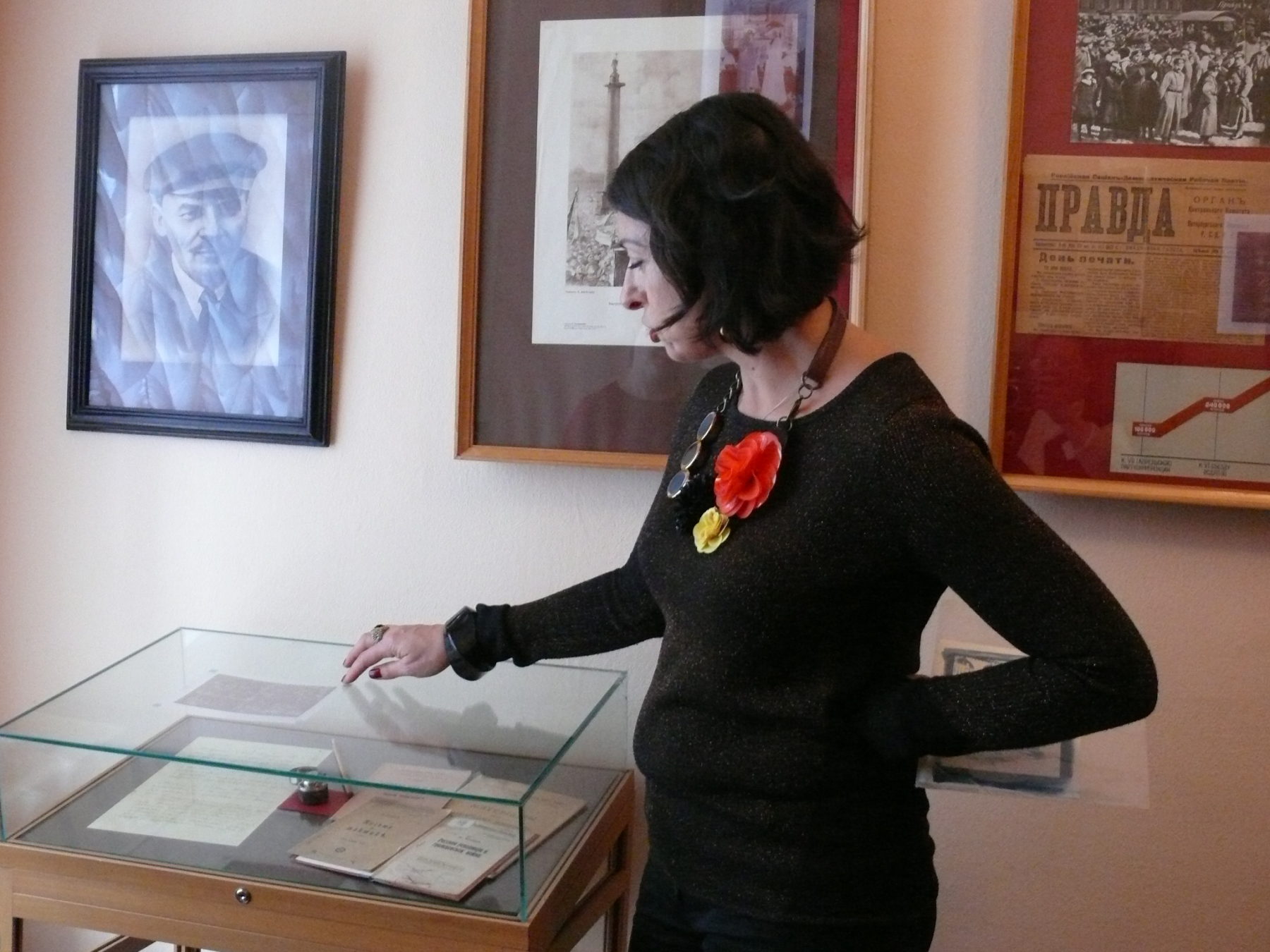
@varvara_keidan_shavrova
varvarashavrova.com
Varvara Keidan Shavrova is a visual artist, curator, educator and researcher. Born in the USSR, she lives and works between London, Dublin and Berlin. She studied at the Moscow State University of Printing Arts, received her MFA from Goldsmiths, University of London, and has been awarded Arts & Humanities Research Council Studentship by London Arts & Humanities Partnership, to conduct her practice-based PhD at the Royal College of Art in London.
She has exhibited internationally, including at the Venice Biennale of Architecture, Gallery of Photography Ireland, Moscow Museum of Modern Art, Espacio Cultural El Tanque, Tenerife. Shavrova curated international visual arts projects, including The Sea is the Limit at York Art Gallery (2018) and Virginia Commonwealth University, Qatar (2019), and co-curated Beijing Map Games: Dynamics of Change , an international art and architecture exhibition in Beijing (China), Birmingham (UK) and Terni (Italy). She is the recipient of the National Lottery Arts Council of England Project Awards (2019-2020 and 2020-2021), the Arts Council Ireland Visual Arts Bursary Award (2021), and the Prince’s Trust Individual Artist’s Award, among others. Her work is included in a number of public and private collections worldwide, including at the Department of the Foreign Affairs and Trade of Ireland, at the Office of Public Works art collection in Dublin, at the Ballinglen Arts Foundation collection in County Mayo, and at the Museum of the History of St.Petersburg in Russia.
Shavrova is represented by Patrick Heide Contemporary Art, London.
Related Topics
Remembering Home
FEB 2022